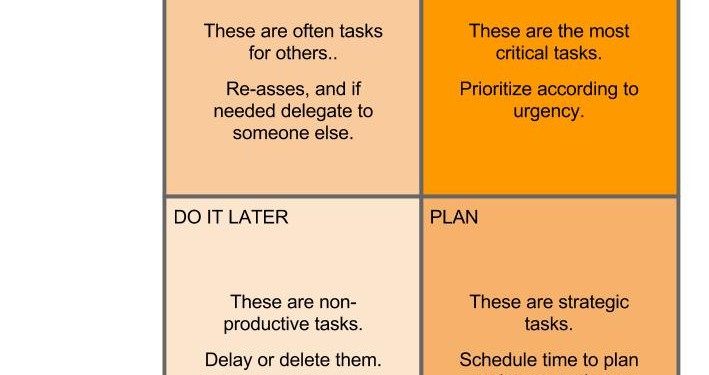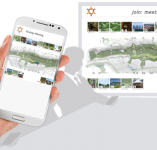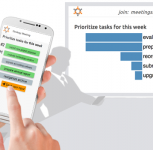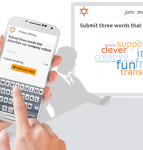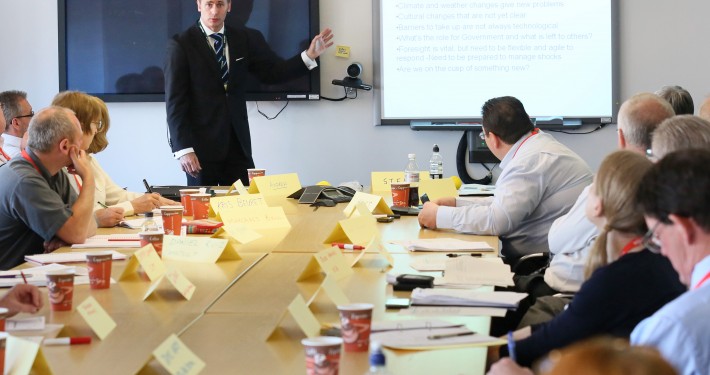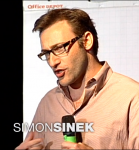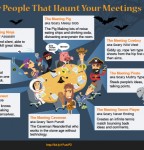Meeting Participation Challenges:
You are halfway through your meeting, when you get to the agenda item where you present a new idea for improving the organizational reporting structure. As you feared, the idea is meeting some opposition.
The idea includes transferring Aaron from Department A to Department B, and Brianna from Department B to A in exchange. One of the meeting participants voices what appears to be a strong emotional response as to why this proposal should not move forward. Another attendee has a set of logical reasons why they do not support the departmental moves. When presenting a new idea in a meeting, you need to be prepared to handle these challenging situations, or your ideas and your reputation will suffer. Recognized leaders in business education, like Stanford and Harvard, include this very topic as part of their resources for executives. Let’s look at how you can handle these situations so they can be managed and resolved with a successful outcome.
It is important to note that disagreements are not necessarily a bad thing. More often than not, having different opinions triggers productive discussions that lead to better results. That is, sometimes skepticism is the right reaction. Cynicism, on the other hand…
Is your idea good?
Before you continue to argue for your idea, don’t forget to ask yourself: What if the skeptics are right? Maybe it’s not a good idea after all?
If the crowd is tough, you might need to restate the objective(s) behind why you have all met at the meeting. A reframing of the topic could enlighten and mitigate many of the assumptive concerns.
If you conclude that the skeptics are wrong, and your idea is worth pursuing, you need to understand why it is being opposed, how you can manage a potential conflict, and how you can persuade others to support the idea.
Emotion vs. Logic in Skepticism
According to a Stanford Graduate School of Business article, “How to Handle Audience Skepticism,” skepticism can arise from two camps, as suggested above: an emotional response, typically unsupported other than it’s how someone feels; or a logical response, supported by facts or other intellectual viewpoints.
On the emotional, or subjective, front, the objecting meeting participant feels that Aaron is an integral part of Department A, the glue that holds it together. Yet, no logic is offered.
On the factual, or objective, front, the objecting party states that Brianna has two years of experience in Department B and none in Department A, while Aaron is the converse, resulting in a loss of two years of knowledge capital in each department. This is a logical argument, possibly without any specific emotional attachment.
Preventive vs. Corrective Conflict Handling
Preventive maintenance is taking steps before a conflict occurs, steps that will help prevent the conflict. Corrective maintenance takes place after a conflict, or “opportunity,” has been raised. Preventive is the preferred approach, of course, but in the meeting world, given the various personalities and perspectives in attendance, we cannot prevent every conceivable conflict. However, we can come to meetings prepared for a wide range of potential engagement scenarios.
Perception Management and Persuasion
In the business world, perception management is a key philosophy used to guide the recipient of your message—be it a presentation of your company’s products, services, or philosophies, for example—to see the benefits of what you are proposing. In fact, it is not simply used in the business world. Virtually everyone uses it, whether in subtle or overt ways, to sell an idea. Given the wide range of personalities, loyalties, and other incentives that accompany every participant as they join the meeting, how you handle those perceptions will determine your success in gaining the buy-in you want to achieve.
Two articles in Harvard Business Review (HBR), “How to Get Your Idea Approved,” and “Change the Way You Persuade,” address getting that buy-in by applying the following steps, and understanding the people you are attempting to persuade.
Four steps to get your idea approved:
- Determine beforehand that there is support for your idea. By discussing your proposal with others, including those who may be hesitant, you will create a sense of collaboration—helpful in building your list of allies—and you may discover errors in your proposal before making it public in a meeting.
- Be prepared for the array of questions and concerns that may come your way during the meeting. If you falter in addressing a concern, it will diminish the likelihood of your success. Meeting participants want to feel confident and comfortable in agreeing with your proposal.
- Your presentation must be compelling and geared toward your audience. By knowing who will be attending, along with an understanding of the positive aspects of your proposal that each attendee (if possible) will care about, you will likely head off, or at least minimize, dissention.
- Keep it simple, and appropriate for your audience. You don’t want to present information that is beyond what your audience comprehends. If they are made to feel inadequate, or that you are merely showing off what you know, then their buy-in is unlikely.
The second HBR articles addresses what to do when your bulletproof presentation of an idea falls flat. Their initial, salient point, reads, “All too often, people make the mistake of focusing too much on the content of their argument and not enough on how they deliver that message.” When we follow this line of reasoning down, we find that it helps to know who the chief decision-maker is, then tailor the presentation, the arguments, to the decision-making style of that person. Let’s look at these styles.
Five personality types you may need to convince:
- Charismatics: Initially excited about a new idea, but fully weighs all the information presented before making a decision. That is, the charismatic may change their mind from what you expected
- Skeptics: Suspicious of anything outside of their own worldview, resulting in gut-feeling decisions.
- Thinkers: Cautiously consider all the options and may contradict previously-stated views/data as new information comes along.
- Followers: Decide based on previous decisions they (or people they trust) have made.
- Controllers: Because of their own uncertainties, and fears, they put emphasis on pure facts and logic. They avoid risk.
Within the U.S. Geological Survey (USGS) there exists The Office of Collaborative Action and Dispute Resolution. From their article, “Getting to the Core of Communications,” we can see that someone who is skeptical can fall into the below categories. By understanding someone’s motivation as they challenge a point of view in a meeting, you as meeting leader will be more able to come up with a solution that allows the meeting to move forward. See if the “skeptic” falls into one or more of these:
Two categories of skeptics:
- Is it someone who wants recognition, attention? Acknowledge their concern. Ask for their participation in solving the difference of opinion. You can ask for specifics on their solution, but keep in mind this won’t be a good approach if they have what appears to be a bad, or not well-thought-out, idea.
- Is this person typically argumentative, unaware of other approaches to problem-solving?
How to address different perspectives
Back to our Department A, and B, scenario. In this case, there is a disagreement based on an emotional perspective, and one built on logic. Both need to be addressed. Each is handled differently, at least in large part.
The emotional perspective. DOs and DON’Ts
DO:
- Validate the person’s viewpoint. In this manner, they will feel heard and therefore will be less liable to be defensive.
- Paraphrase the concern back to the individual. You will thereby demonstrate that you understand what was said to you.
- Reframe the concern in a positive light.
- Offer up logic that quells the concern, but do this without invalidating the emotion.
DON’T:
- Invalidate the person by arguing with them, attempting to get them to see their emotional error.
- Be careful not to respond in an emotional tone that does nothing to ease their concern.
- Don’t label the emotion. For example, “I see you are angry about this.” The participant might not agree with your assessment, or might not like being seen as “angry.”
The logic perspective. DOs and DON’Ts
DO:
- Reframe the thrust of the person’s concern so the negative impact of their logic is removed from the equation. For example, “I can see your point, but have you thought about it this way?” Then continue.
- Use an analogy (a form of reframing), perhaps something on the order of, “It’s much like exchange students when you were in college. Neither party brings an identical skill or knowledge set to the other department, but there is a cross-training, along with fresh ideas and experiences, that accompany each employee. Brianna and Aaron are similar in this regard.”
DON’T:
- Be careful not to overtly question the logic, unless you know it to be false or misleading. It will damage your credibility.
- Don’t present other facts that don’t address the objector’s concerns. If you bring in additional information that is not directly related, again your reputation will be at risk.
In summary, the best way to handle a tough crowd when proposing a new idea is to anticipate a range of feedback and be prepared to direct the conversation constructively. Having a list of pros and cons for your idea, as well as asking others to participate, provides balance to the overall discussion. Take the time to listen to everyone, as there may be ideas and options presented that are better solutions to the topic at hand. Including the group in evaluating options and assessing their strengths and weaknesses makes everyone a part of the decision process, increasing the chance that they will actively support the outcome, even if it is not their preferred solution. Tough crowds are easier to handle when you are prepared to address their concerns and turn critics into supporters.
Linked Activities Provides Tools to Handle Meeting Challenges
Automation – by linking two or more activities to one another the meeting leader can use MeetingSift to seamlessly guide the group through the collaboration process
Saving time – meetings take less time because of the efficiency of the process and natural workflow
Anonymity– all responses from participants can be anonymous which encourages more participation and candid feedback
Results – with the proper workflow enabled you get results
MeetingSift provides you with lots of useful tools for running successful meetings. Make your meetings efficient, engaging, and productive with great functionalities like proven meeting agenda templates, participant invitations, group decision support, group evaluation tools, meeting output visualizations,meeting minutes, task assignments, automated reporting, and many more.
The Six Most Common Types of Meetings

MeetingSift's easy to use collaboration platform for meetings helps you run more productive meetings, with higher engagement, better decision making, and more consistent follow up.

